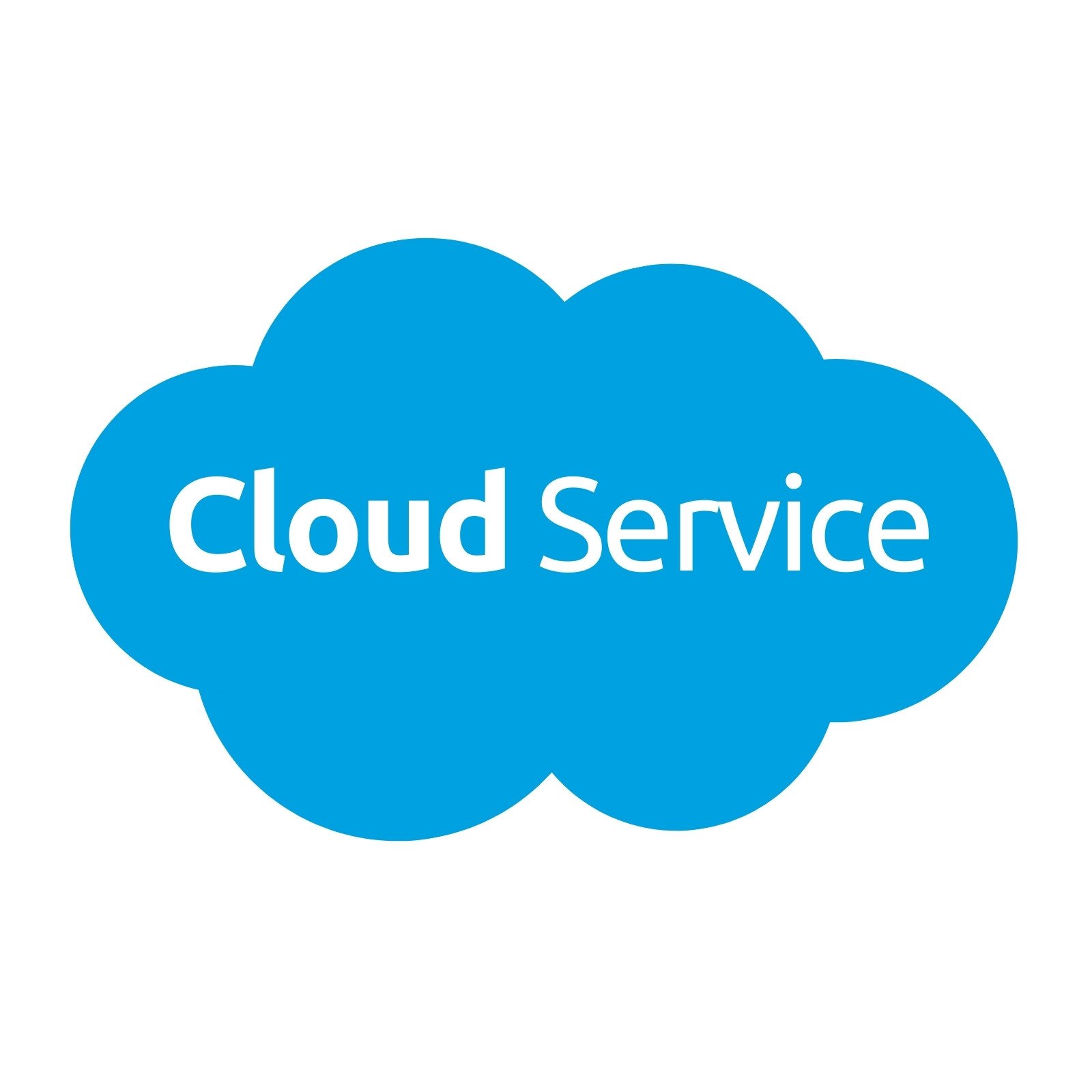LinkDaddy Cloud Services Proficiency: Advanced Methods for Effective Cloud Services Press Release
LinkDaddy Cloud Services Proficiency: Advanced Methods for Effective Cloud Services Press Release
Blog Article
Simplify Your Facilities With Cloud Services
As companies browse the ever-evolving landscape of innovation and information monitoring, the function of cloud solutions in streamlining infrastructure has ended up being progressively prominent. Exactly how can services efficiently navigate this change and really unlock the capacity of cloud solutions for streamlining their infrastructure?
Advantages of Cloud Provider
Cloud services use a streamlined technique to managing IT facilities, giving businesses with cost-efficiency, versatility, and scalability. One of the key advantages of cloud solutions is the scalability they use. Businesses can quickly scale their resources up or down based on demand, ensuring they only pay for what they make use of. This flexibility is especially advantageous for services with changing needs or those experiencing growth.
Additionally, cloud services remove the demand for organizations to invest in expensive hardware and software program. This cost-efficiency is a significant advantage, particularly for little to medium-sized ventures looking to reduce in advance prices. By utilizing cloud services, services can access high-quality IT resources without the large rate tag connected with typical framework setups.
Furthermore, cloud services give businesses with the flexibility to access their data and applications from anywhere with a net connection. This degree of availability improves cooperation amongst groups, allows remote work, and boosts total performance. The adaptability offered by cloud services empowers organizations to adjust promptly to changing market problems and consumer needs.
Price Cost Savings and Scalability
Along with the functional advantages highlighted previously, the assimilation of cloud services into a company's facilities brings forth significant expense financial savings and boosted scalability. Cloud solutions offer a pay-as-you-go version, enabling organizations to scale resources up or down based upon present needs, therefore staying clear of the prices related to preserving excess capability. This versatility allows firms to adjust quickly to varying needs without incurring unneeded expenditures.
In addition, cloud services eliminate the need for upfront investments in hardware and software program, lowering funding expenditures. General expenses are likewise decreased as business no more need to handle and maintain physical web servers, resulting in lower power usage and IT staffing costs. Furthermore, cloud services give automated updates and maintenance, making sure that the facilities remains secure and up-to-date without requiring hand-operated treatments.
Enhanced Safety Steps
Executing strict protection measures is critical when incorporating cloud solutions into a business's infrastructure to protect sensitive information and make certain compliance with market policies. Cloud solution carriers use improved protection attributes such as information security, firewall software security, and multi-factor authentication to mitigate cybersecurity threats.
Furthermore, normal protection audits and compliance evaluations assist determine vulnerabilities and ensure adherence to industry criteria. Business can additionally profit from attributes like automatic protection updates and real-time danger tracking provided by cloud provider. By focusing on protection steps and remaining positive in resolving prospective risks, services can confidently leverage cloud services while protecting their beneficial information from unauthorized accessibility or breaches.
Transitioning to Cloud Framework
To efficiently integrate cloud solutions right into a company's infrastructure, a structured method that deals with the shift in the direction of cloud-based options is crucial. Transitioning to cloud facilities entails cautious preparation and implementation to guarantee a smooth movement procedure. The primary step is to evaluate the existing infrastructure and determine which applications and systems appropriate for migration to the cloud. This evaluation ought to take into consideration factors such as information sensitivity, conformity needs, and my link efficiency demands.
Once the assessment is complete, a movement strategy ought to be developed. This technique ought to detail the timeline, sources, and obligations for relocating each element to the cloud. It is important to connect this plan clearly to all stakeholders to make certain placement and lessen disturbances throughout the shift.
During the migration process, monitoring and testing are critical to recognize and attend to any type of problems immediately. Routine a knockout post checkpoints ought to be developed to track progression and make essential modifications. Additionally, training for staff members on utilizing cloud solutions need to be given to guarantee an effective transition and make the most of the advantages of the new framework.
Best Practices for Cloud Fostering
Effective adoption of cloud solutions rests on the strategic positioning of business purposes with technical abilities and organizational readiness. To ensure a smooth transition to the cloud, companies need to start by carrying out a thorough assessment of their current framework and recognizing which workloads are best suited for cloud movement. It is crucial to entail key stakeholders from different divisions in the decision-making procedure to get buy-in and resolve any type of problems early on.
An additional ideal technique for cloud fostering is to prioritize safety and security and conformity. Organizations should carefully evaluate the protection procedures provided by cloud service suppliers and ensure that their data is protected according to industry requirements and regulatory requirements. Applying durable information file encryption, access controls, and regular safety audits can assist alleviate dangers connected with cloud adoption.

Conclusion

As services navigate the ever-evolving landscape of technology and information monitoring, the role of cloud services in streamlining facilities has actually ended up being increasingly popular - linkdaddy cloud services press release. Just how can services efficiently browse this shift and absolutely unlock the capacity of cloud services for streamlining their facilities?
Cloud solutions provide a streamlined strategy to managing IT framework, giving companies with adaptability, cost-efficiency, and scalability. By utilizing cloud solutions, organizations can access top quality IT resources without the hefty price tag linked with traditional facilities configurations.
To guarantee a smooth change to the cloud, organizations must begin by performing an extensive evaluation of their existing facilities and recognizing which workloads are best suited for cloud migration.
Report this page